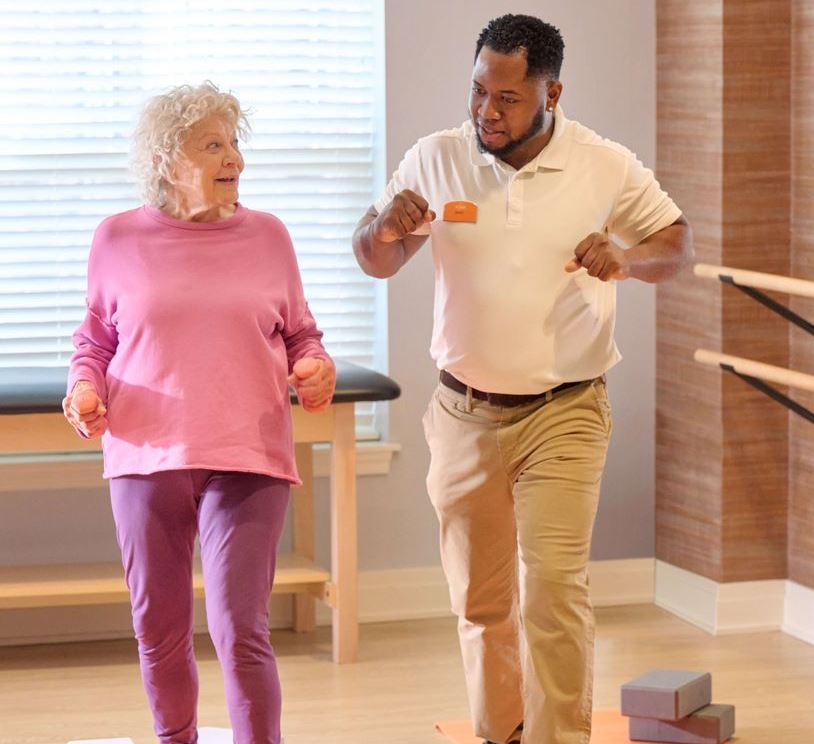
Falls are one of the most common causes of injury, especially among older adults, yet many incidents are entirely preventable. Implementing effective fall prevention strategies can dramatically reduce risks, maintain independence, and improve overall quality of life. Below, we outline six essential, evidence-based approaches to safeguard yourself or loved ones against falls.
1. Prioritize Regular Exercise to Improve Balance and Strength
Engaging in structured exercise routines is a cornerstone of fall prevention. Activities such as Tai Chi, yoga, and resistance training strengthen core muscles, improve flexibility, and enhance balance. Leg strengthening exercises, including squats, lunges, and calf raises, reinforce stability during everyday movements. Even light aerobic activities like walking or swimming increase endurance, coordination, and reaction time, reducing the likelihood of falls.
2. Schedule Routine Medical Check-Ups
Regular medical evaluations are critical for identifying and managing conditions that increase fall risk. Vision and hearing assessments can detect impairments that affect balance. Periodic reviews of medications are essential, as side effects such as dizziness or drowsiness can compromise stability. Monitoring chronic conditions such as diabetes, arthritis, or neurological disorders ensures timely interventions to prevent falls before they occur.
3. Optimize Home Safety and Fall-Proof Living Spaces
The majority of falls occur at home, making environmental modifications essential. Installing grab bars in bathrooms, ensuring adequate lighting in hallways and stairways, and securing loose rugs or slippery surfaces dramatically reduce hazards. Non-slip mats, clear pathways, and stable furniture further enhance safety. Using motion-sensor lights at night prevents trips in dark areas, while keeping frequently used items within easy reach reduces risky movements.
4. Maintain Healthy Sleep Patterns
Sleep directly affects balance, coordination, and cognitive function. Inadequate or poor-quality sleep increases fatigue, slows reflexes, and elevates the risk of falls. Establishing a consistent sleep schedule, minimizing nighttime disturbances, and addressing sleep disorders contributes to better physical stability and overall fall prevention.
5. Use Mobility Aids Effectively
For individuals with limited balance or mobility, proper use of canes, walkers, or other assistive devices is crucial. Selecting the correct type and size ensures maximum stability, while training on proper techniques prevents misuse. Regularly inspecting devices for wear and tear guarantees continued reliability and reduces fall risk.
6. Adopt Hands-Free Techniques and Mindful Movement
Minimizing distractions while moving enhances safety. Hands-free devices such as voice-activated assistants allow individuals to perform tasks without compromising balance. Practicing mindful, deliberate movements, especially when climbing stairs or navigating uneven surfaces, reinforces body awareness and stability.
Implementing these six essential fall prevention strategies provides a comprehensive approach to reducing risk and maintaining independence. By combining physical fitness, medical vigilance, environmental safety, adequate rest, proper assistive tools, and mindful movement, individuals can create a safer, more secure daily environment, effectively minimizing the potential for falls and injuries.